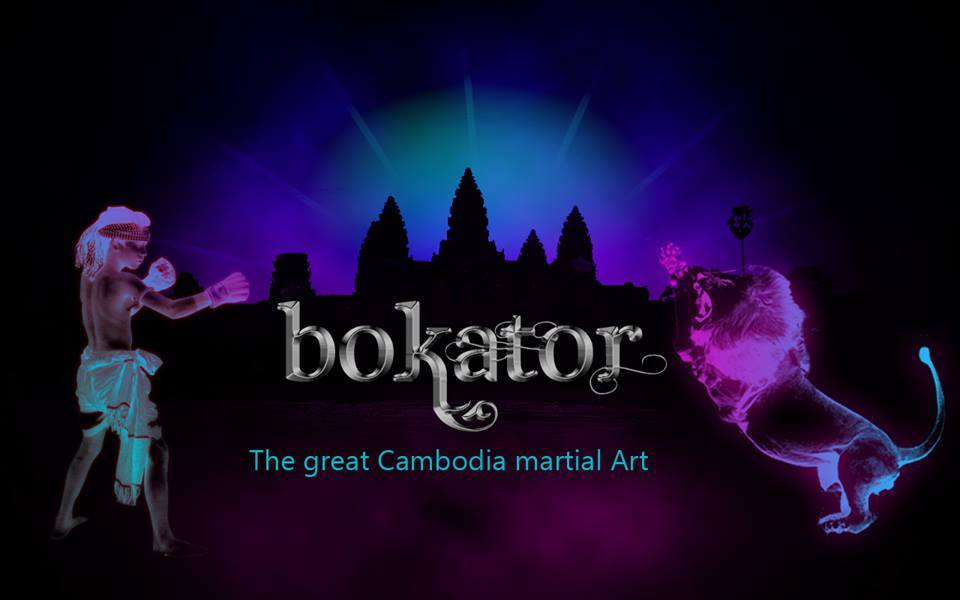One of the finest collections representing Buddha through the ages of the Khmer Empire is housed in the gorgeously assembled Gallery of 1,000 Buddha
Sculptures from Angkor National Museum:
One of the finest collections representing Buddha through the ages of the Khmer Empire is housed in the gorgeously assembled Gallery of 1,000 Buddhas and your first port of call when visiting the Angkor National Museum. The collection includes Buddha images in sandstone, bronze, gold, silver, marble and wood, with much of the display focusing on the Angkorian and post-Angkorian period. It really is a stunning entry into the museum, with miniature Buddha figures backlit in small alcoves around the whole room where the remainder of the exhibits are displayed, in chronological order. For this post, I will concentrate of a trio of Buddha Muchalinda figures in sandstone, all created during the 12th century in the Angkor Wat art style. Each of them are identical in their meditation pose with their hands in the Dhyana-mudra gesture, resting in their lap, one hand on top of the other and palms facing upwards. Muchalinda, the king of the serpents, plays his part in protecting the enlightened Buddha from a violent rainstorm by coiling his body under Buddha and then forming his seven heads into a protective hood and shelter from the storm. This image was very popular from the 11th to the 13th centuries in Khmer art. For our particular trio, they are unadorned with robes or jewelry besides their headdress and earrings.
The best preserved and tallest of our three Buddhas has no provenance that I can find. The seven heads forming the Naga hood are fully intact, as is the head and headdress of Buddha, complete with dangling pendant earrings. The rest of the body, including the folded legs and Naga coils are in pristine condition. The middle Buddha, with a broken Naga hood, is registered as coming from the temple of Banteay Kdei, a location where in 2001 an excavation team uncovered a cache of 274 Buddhist statues and artifacts which had been buried. Only three of the seven heads of Naga remain intact, beautifully carved with motifs both on the front and rear of the hood of the serpent. The finely incised diadem and conical chignon have also suffered superficial damage and the bottom of Buddha’s nose has been chipped off. Apart from a few other small chips, the body is in almost perfect condition. The third of our trio, is a Buddha from Angkor Wat and has suffered the most damage, both to the Naga hood, where the majority of the heads are missing, as well as superficial damage to the diadem and conical headdress of the figure, and to the knees and Naga coils.
About Me
I have graduate from BUILD BRIGHT UNIVERSITY(BBU) AND PREAH SIHANOUK RAJA (SBU) I work at Khmer Plus Computer Address: #156BE, St.63 (Trasak Phaem), Sang kat Chaktomok, Khan Daun Penh, Phnom Penh And Much More... Hey..My name is Thol Un Welcome To my site! Hope it will help you! Nice to know you! Indroduce My Self -My name is Thol un.I come from Kompong cham Province -Now I am staying at Langka pagoda .I have graduated from Build Bright University -My Major is Information and Network Technology -I am Working at Khmer Plus Computer -I want to get experience From your Company and develop your Company to be More Successful forever
Thanks for Support
Copyright©️:2021 All Rights Reserved. @Mr. Thol Un Hi every body, In this video I want show about the people success with Website, All This The Result From Website Partnership. Make money online speak Khmer: Please Followers My Website to Get More Videos!! Giving Dharma Is Better Than Giving Things!! Thanks for Support My Website !! This Website is created for the purpose of spreading the Entertainment Cambodia and other History Khmer, Dharma Khmer, Cooking Khmer by posting videos in Website Blogger or Blogspot YouTube and Facebook Page. Thanks and thanks for the support for this Website ..! Thanks For watch all this Website !❤ Like ✅Share ☑️ Comment❤ Kindly donate to the ABA Bank : ❤Thol Un❤ ❤001885833❤



















